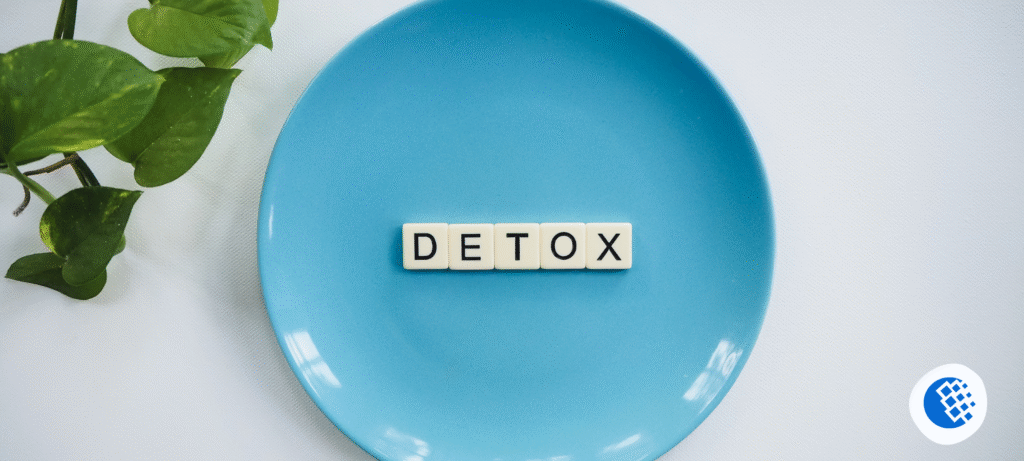Retirement sneaks up faster than you think, and tax efficiency is the secret sauce that makes your money last longer. Learning the ropes now means future-you can kick back on a sunlit porch, coffee in hand, and smile at your wise younger self.
What’s an RRSP, and Why Does It Matter?
Canadian RRSP stands for Registered Retirement Savings Plan. It’s a Canadian government-approved account designed to help you save for retirement.
Tax-Deferred Growth
When you put money into an RRSP, you don’t pay income tax on it right away. Instead, your contributions are deducted from your taxable income for the year—so you pay less tax now. Then, your investments inside the RRSP can grow tax-free. You only pay taxes later, when you withdraw the funds in retirement (when you’ll probably be in a lower tax bracket).
Compound Growth
Because your investments grow without being taxed each year, you get to harness the full power of compounding. More of your money stays in the account, growing faster over time.
Contribution Room
Each year, you can contribute up to 18% of your previous year’s earned income, up to a government-set maximum. Unused “room” carries forward, so if you skip a year, you can catch up later.
Flexibility
You can invest in a variety of assets inside your RRSP—stocks, bonds, mutual funds, GICs, etc. Plus, there are special programs that let you “borrow” from your RRSP for a first home or education (with conditions).
Why does it matter in the long run?
It’s all about building a nest egg in the most tax-efficient way possible. RRSPs help Canadians save more over time, and by deferring taxes until retirement (when you might have less income), you keep more of what you earn. It’s a cornerstone for retirement planning in Canada.
How Do US Retirement Accounts Compare?
In the US, the closest equivalent is the 401(k) or the Traditional IRA.
- 401(k): Offered by employers, money goes in pre-tax, grows tax-free, and is taxed when withdrawn in retirement.
- Traditional IRA: Similar concept—tax-deductible contributions, tax-deferred growth, taxed on withdrawal.
So, both systems use the “save now, pay tax later” approach. The main differences are in contribution limits, investment choices, and rules for withdrawal.
Can US Savings Be Transferred to Canada?
That’s exactly where it gets a bit tricky. If you move from the US to Canada (or vice versa), your retirement accounts don’t just “move” across the border. There are special rules, tax treaties, and sometimes penalties. You might be able to transfer a US IRA into an RRSP under specific conditions, but it’s a complex process and often requires professional advice to avoid losing money to taxes or penalties.
If you’re living and working in Canada, an RRSP is usually the best tool for retirement saving. If you have US accounts, you’ll want to talk to a cross-border tax expert before making any moves.
FAQs About Your RRSP
When Should I Start Saving in an RRSP?
The earlier, the better!
You can open and contribute to an RRSP as soon as you have earned income and file a Canadian tax return—so, often in your late teens or early twenties if you’re already working. The magic is in compounding: even small amounts grow big over time, so starting young gives your money the most time to multiply.
Is an RRSP a Different Bank Account?
Yes, but with special rules.
An RRSP isn’t just a plain savings account—it’s a registered account that you open at a bank, credit union, or investment company. Inside your RRSP, you can hold savings, GICs, stocks, bonds, mutual funds, ETFs, etc. It’s like a special container for your investments, wrapped in tax advantages.
Who Contributes and How?
Mostly you, sometimes your employer.
- Your contributions—You put in money, usually from your employment income. You can do this as a lump sum, or—pro tip—set up automatic monthly transfers so you’re always “paying yourself first.”
- Employer contributions—Some employers offer “group RRSPs” where they’ll match part of your contribution—free money! Always take advantage if you can.
Your boss withholds taxes from your regular paycheque, but your RRSP contributions lower your taxable income for the year. At tax time, you report your RRSP contributions, and you might get a refund because you paid too much tax up front. (Think of it as a bonus for saving!)
Can I Access My RRSP Money Whenever I Want?
Mostly, it’s for retirement, but there’s some flexibility.
Withdrawals
You can take money out early, but you’ll pay withholding tax, and the withdrawn amount gets added to your income for that year (so, more taxes). Early withdrawals also mean you lose that contribution room forever—ouch!
Exceptions
Home Buyers’ Plan (HBP): You can “borrow” up to $35,000 to buy your first home, tax-free if you pay it back over 15 years.
Retirement
At age 71, your RRSP must be converted to a RRIF (Registered Retirement Income Fund) or an annuity, and you start withdrawing money, which is then taxed as income.
Tips for Maximizing Your RRSP
- Start early, contribute consistently (even small amounts add up).
- Max out your annual room if possible—use up your leftover “contribution room” from past years.
- Automate your contributions so you don’t forget, and you benefit from “dollar-cost averaging” (buying investments at regular intervals).
- Invest for growth (stocks, ETFs) when you’re younger; shift to safer assets as you near retirement.
- Reinvest tax refunds—put that bonus back into your RRSP or another investment.
- Take advantage of employer matching—it’s free money!
- Don’t withdraw early unless it’s for a first home or education—and even then, weigh it carefully.
Common Misconceptions—Busted!
- “I have to be old to start saving for retirement.”
Nope! The younger, the better.
- “It’s just a savings account.”
It’s a customizable investment vehicle, not just a piggy bank.
- “My money is locked away forever.”
Not locked, but there are penalties for taking it out early unless you use special programs. Think of your RRSP as your future self’s “thank you” note—little by little, it grows into something significant.





